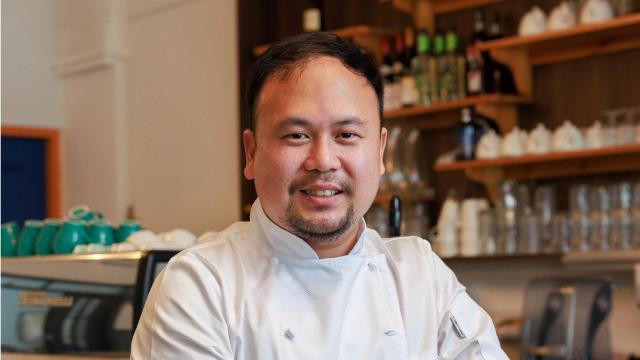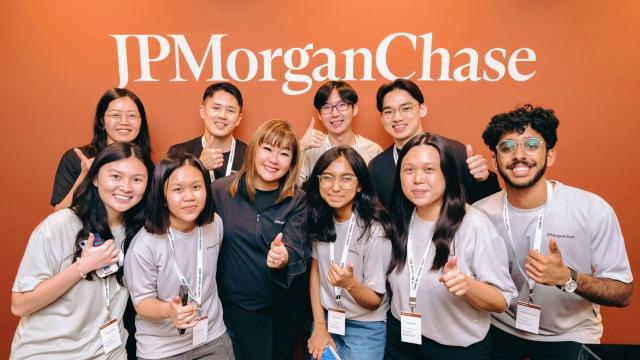It’s been seven years since Chandruth Jayasiriwardena and his co-founders Elvin Ong, Tai Yi Long, and Damian Cheng graduated from the Aerospace Systems joint degree programme by SIT and the University of Glasgow. But the lessons they’ve taken with them have carried them through the years and have buoyed them and Nimbus UAV, the company they’ve set up, to heights beyond their imagination.
Chandruth Jayasiriwardena has been enamoured with flight and flying since he was a child. As the son of a pilot who was also an aeromodelling enthusiast, flying was always a big part of his life – he spent a lot of time flying between Singapore and Sri Lanka in his schooling years before he finally called Singapore home.
What started out as a desire to be a pilot like his dad turned into a fascination with drones, which he and his friends from SIT turned into Nimbus UAV, a start-up fuelled by their own earnings, sweat, and dreams. The company provides custom-crafted, purpose-built Unmanned Aerial Vehicle (UAV) platforms designed for industrial application, which could include anything from inspection, surveillance, aerial videography, 3D mapping and agriculture.
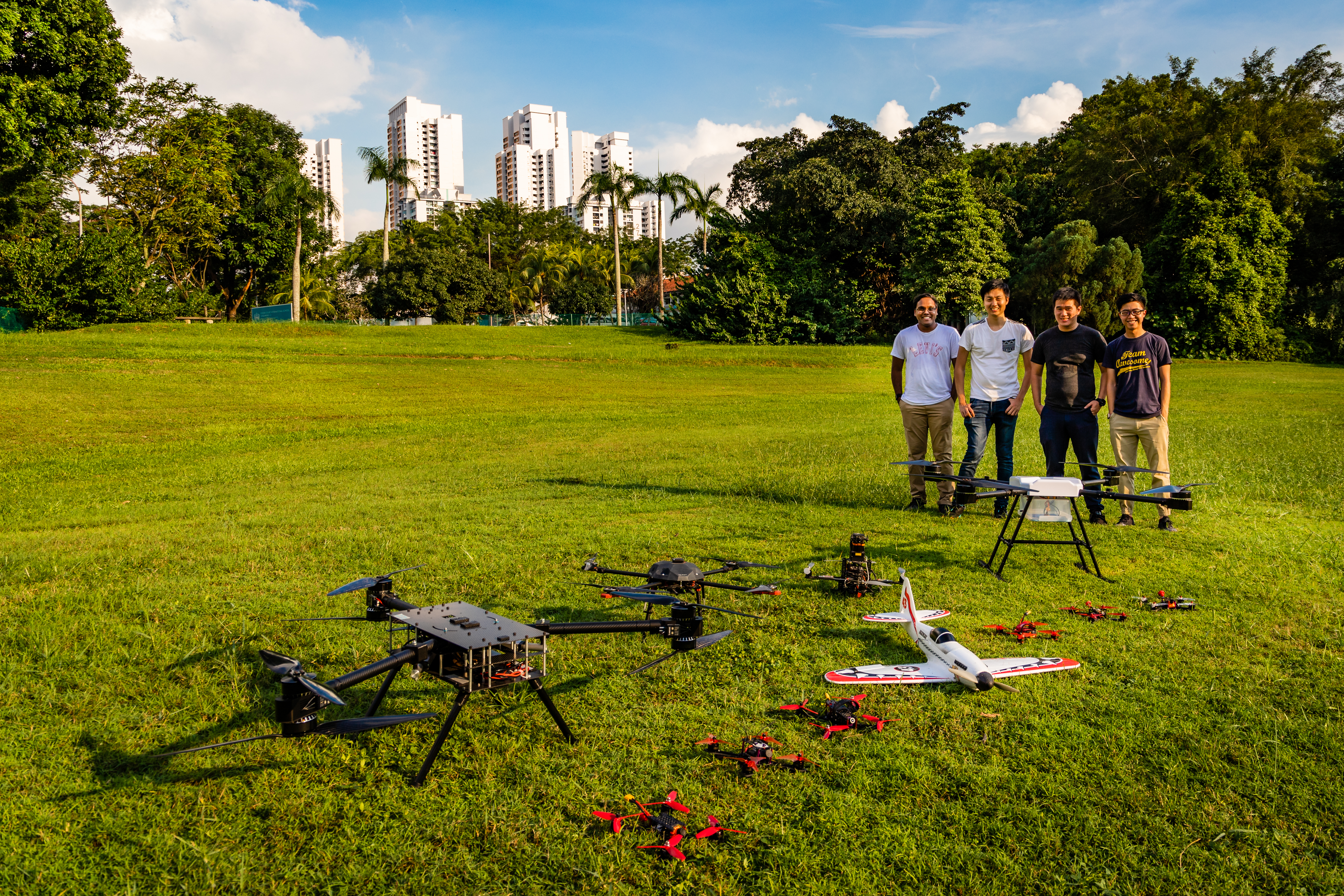
(From L-R) Chandruth Jayasiriwardena, Elvin Ong, Tai Yi Long, and Damian Cheng formed Nimbus UAV in 2018, right after graduating from SIT. (Photo: Nimbus UAV)
Learnt to Collaborate at SIT
A key catalyst for the formation of Nimbus UAV was their experience with their Final-Year Projects (FYPs). They didn’t just work on assigned projects; they proposed and self-funded their own project ideas from their personal savings. Chandruth’s FYP project, in particular, eventually evolved into one of Nimbus’s very first commercial platforms – the Nimbus Sprayer. This agricultural sprayer drone, designed for efficient crop-dusting and granular spreading, showcases how their academic work has direct practical application.
The key thing Chandruth picked up in his time at SIT was the power of collaboration.
Chandruth recalled, “Even as students, there was this sense of openness and willingness to help each other in all we did. We freely exchanged ideas and helped each other in projects and even competitions.”
This was exactly how Chandruth met and grew close to his co-founder Damian Cheng.
“When Damian participated in a drone competition in South Korea in Year 2, he mentioned to me that his group was lacking someone with systems expertise. I immediately offered to take a look at the project even though I wasn’t participating,” he explained. “And it was something that came so naturally to me, because we’d also received such help from other coursemates in the past. Everyone is just so open to sharing here.”
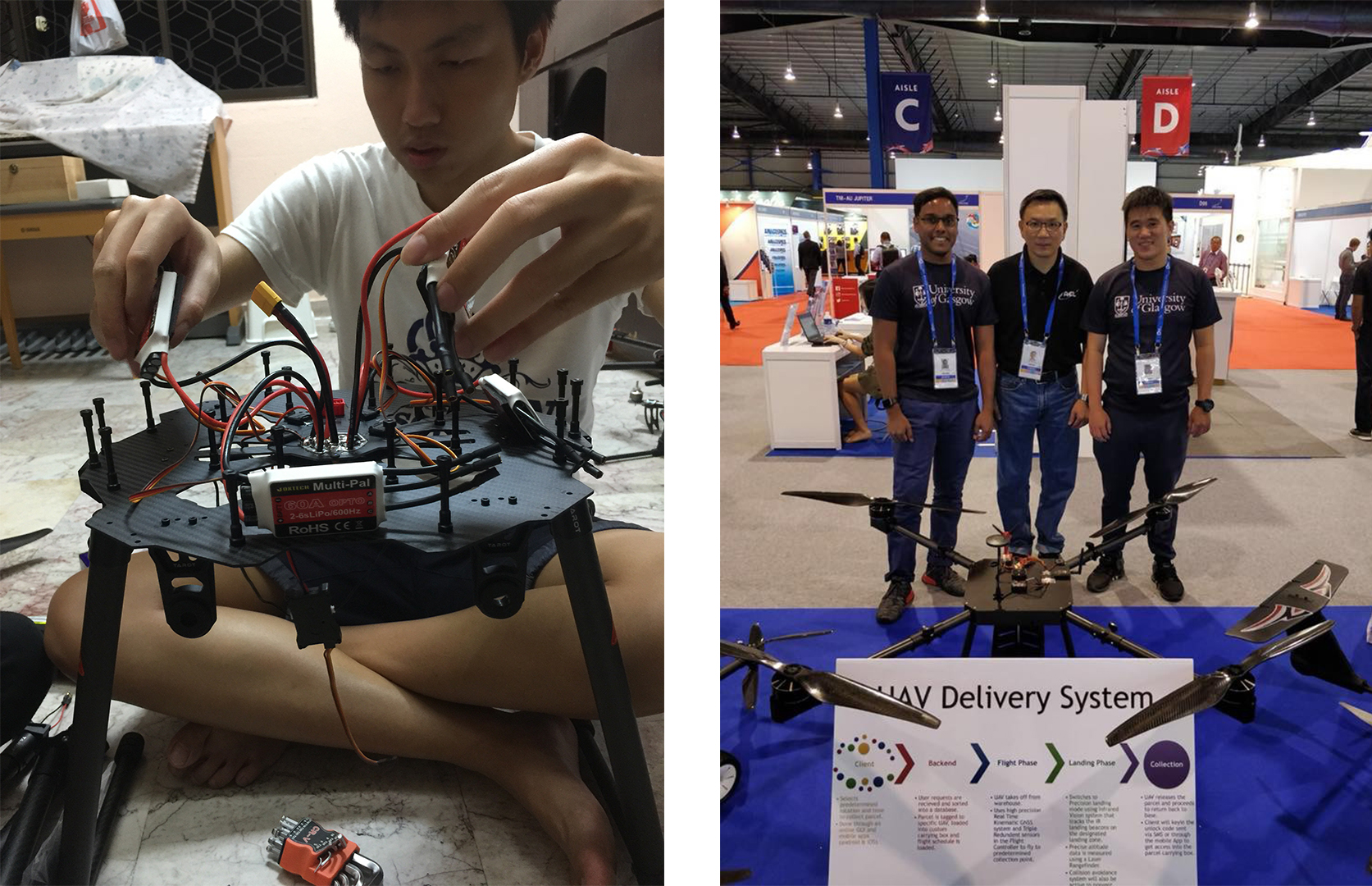
(Left image) Elvin assembling parts of the craft for the team’s competition in Thailand.
(Right image) Chandruth and Yi Long with their polytechnic lecturer Mr Ng Kwan Wah (centre) at the SIT booth at Singapore Airshow 2018, where they showcased their UAV project. (Photos: Nimbus UAV)
SIT’s spirit of collaboration lives on with Nimbus UAV today.
While Chandruth and his co-founders each have roles within the business, they readily take on portions of each other’s work and often collaborate on technical solutions or business pitches.
Having walked alongside each other in this entrepreneurship journey from the very start, Chandruth knows the value of like-minded partners who have a common goal.
“We’re 100% in this together and are willing to put in our money, sweat, and tears into this endeavour.”
Charting New Territory From The Start
With a mind to launching Nimbus UAV after graduating, Chandruth and his co-founders worked hard to build capital even when they were in school, juggling lectures, projects, and exams.
They reached out to the contacts they had built from their time in polytechnic, some of whom were overseas suppliers of hard-to-obtain and specialised robotics parts, to purchase robotic and mechanical parts for their FYPs and subsequently, also to resell these parts to their coursemates.
“Before this, most students didn’t create working models of their projects, or if they did, they relied heavily on recycled parts from previous done projects. The fact that we were able to bring our projects to life was really exciting.”
Their FYP experience triggered the start of a small business when they began supplying craft parts to their juniors so that they could build their models for projects and competitions.
They put every cent they earned from this side-venture into their start-up. Nimbus UAV was officially established in 2018.
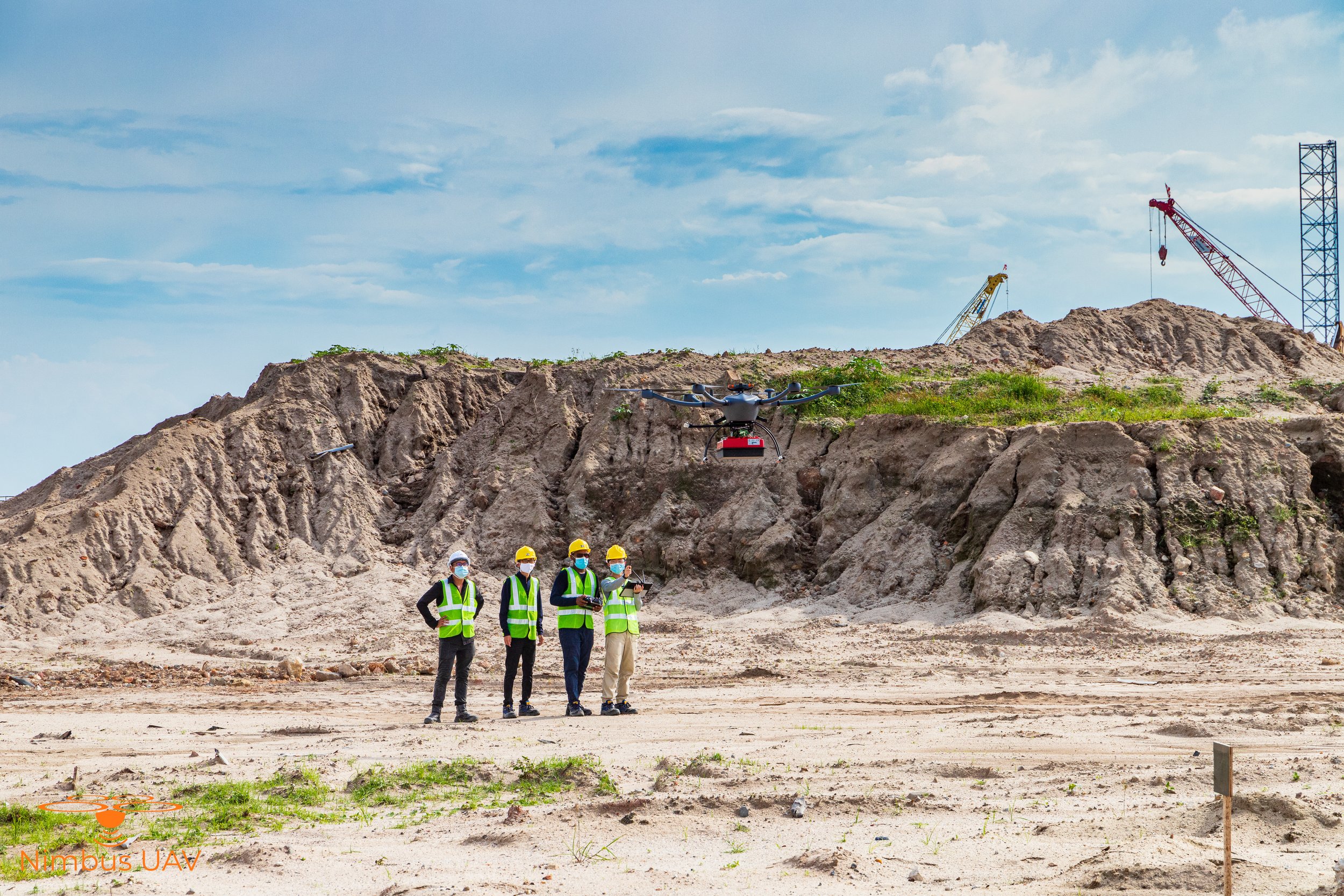
The Nimbus UAV team testing their drone at a worksite. (Photo: Nimbus UAV)
While Nimbus UAV started off as a drone company, its work has evolved over the years to include artificial intelligence (AI) and robotics work. Chandruth and his co-founders have learnt to keep their horizons open as they embark on different projects.
“When we take on new projects, we always keep our options open. Our clients may be looking for a drone solution, but the end result may look like a combination of robotics and AI, and we have learnt to roll with it,” said Chandruth.
“This mindset has helped us expand our capabilities, opening doors in ways unimaginable.”
The company has since taken on various key projects, including filming aerial footage for a MediaCorp drama and helping urban mobility company Neo Aeronautics design and build their Crimson S8 flying car. The team also clinched a large UAV tender with a Singapore government agency.

An example of aerial photography work done by Nimbus UAV. (Photo: Nimbus UAV)
Next Generation of UAV Entrepreneurs
No matter how much progress they have made, SIT is never far from their minds.
Over the years, Chandruth and his co-founders have helped SIT students who wanted to take their projects further but did not know where to find the resources or expertise.
After all, in a field that’s challenging to navigate with its constantly changing terrain and evolving technology, they know that every bit of support matters.
“It’s not easy at the start for sure, but nothing worth doing is ever easy, is it? We literally walked 4km with a drone in our hands at dawn, from Jurong East MRT station to an isolated field for testing. We couldn’t take a taxi due to depleting funds. It was that bad.”
It just took one key job – a successful repair of a drone that could not be done by most of the established drone and robotics companies in Singapore – for Nimbus UAV to take flight.
“Sometimes, all you need is that one person to give you a chance. When that happens, you have to really grab it with both hands and deliver. And the rest is history,” Chandruth said with a big smile.
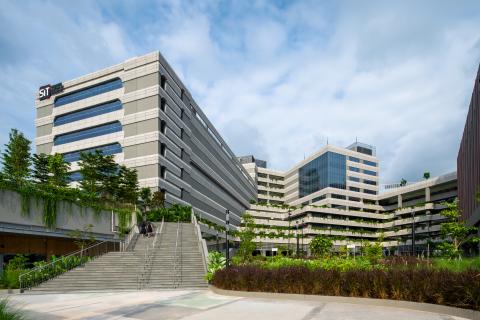
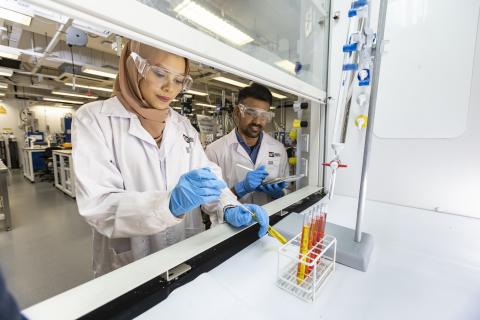
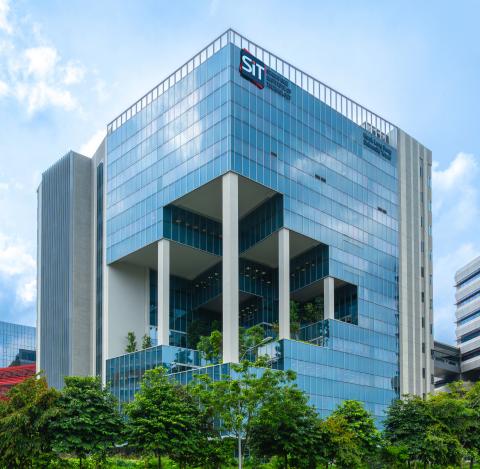



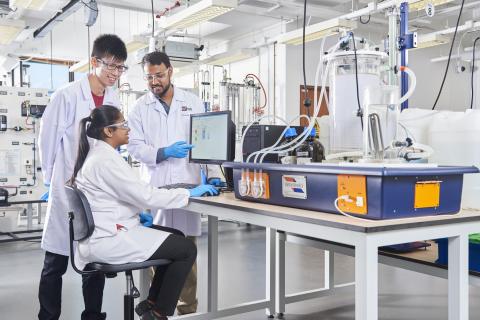
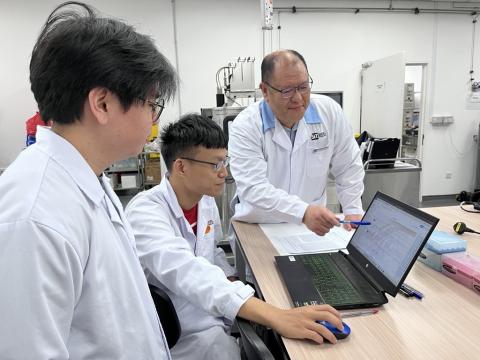
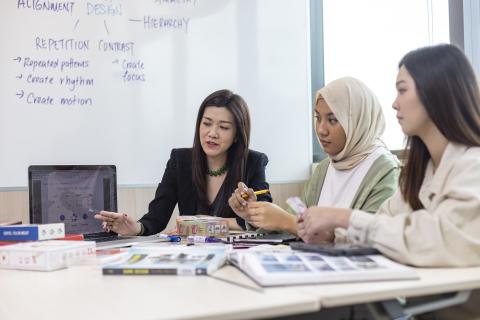

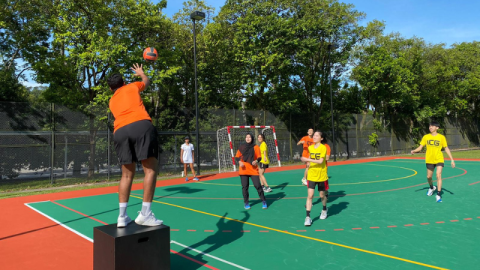
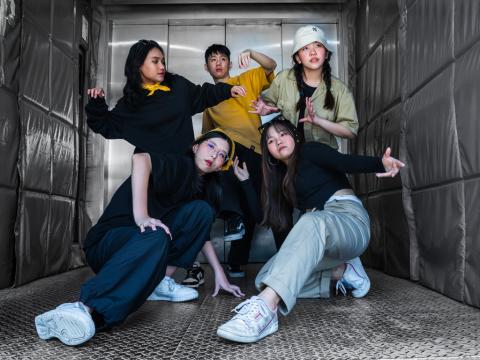



![[FA] SIT One SITizen Alumni Initiative_Web banner_1244px x 688px.jpg](/sites/default/files/2024-12/%5BFA%5D%20%20SIT%20One%20SITizen%20Alumni%20Initiative_Web%20banner_1244px%20x%20688px.jpg)
